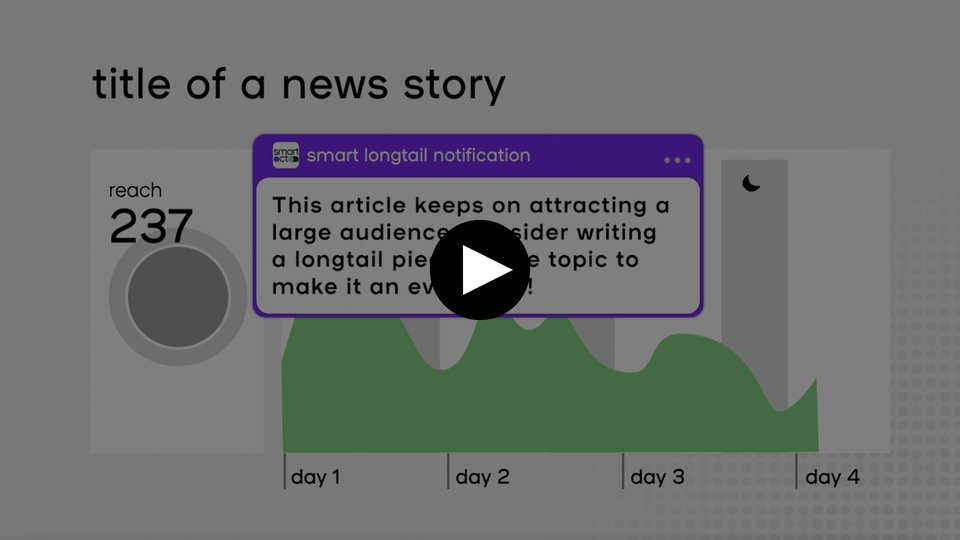What is longtail content?
In a former blogpost and in a Journalift webinar, our colleague Miloš discussed all the ins and outs of longtail content, so if you’re a bit woolly about what it is, we thoroughly recommend grabbing a coffee and having a read or watch. But, for those of you who like a quick summary, here you are: longtail content is content that continues to generate traffic more than three days after publishing. These articles mostly feature topics that aren’t particularly time-sensitive.
But there are exceptions. Aren’t there always? Seasonal topics make great longtail articles too. These are topics that become relevant during a specific part of every year. Yes, we’re talking Christmas recipes, summer hot spots, sports competitions, that kind of thing.
Why you should spend time on creating longtail content
To be able to really get to work with longtail content, it is crucial to know exactly why longtail content is so important. For starters, longtail content is great for your engagement - and this has everything to do with reading time. Point of fact, the average read time of a longtail article is longer than the read time of a normal article.
Longtail also creates loyalty. And here’s why that matters: loyal readers consume up to 5 times the amount of news compared to average readers. So, spending time creating longtail content is time well spent, and a worthy investment.



